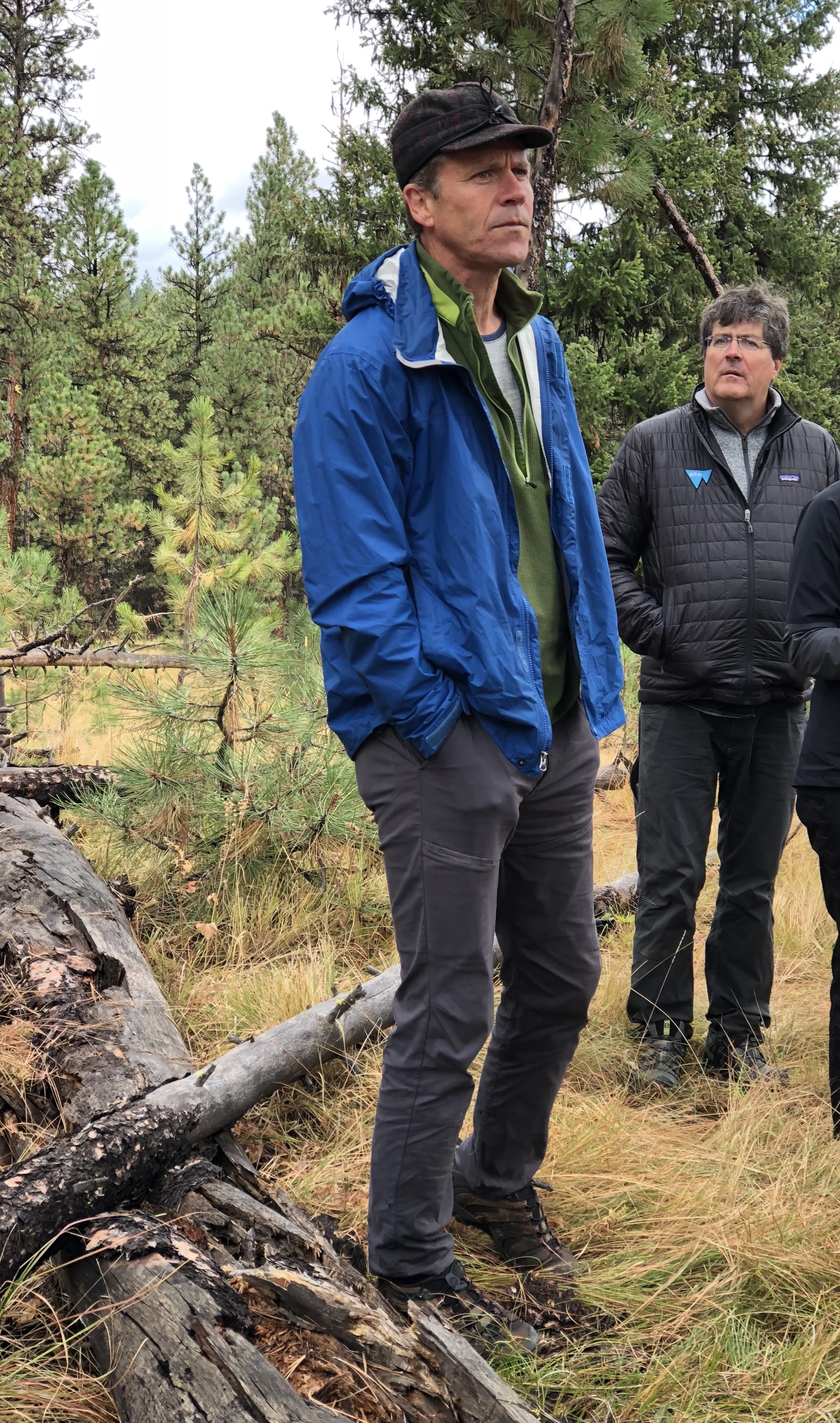Mary O’Brien
Utah Forest Program Director, Grand Canyon Trust
Castle Valley, UT
9/28/18
Mary O’Brien, ecologist for the Grand Canyon Trust, sits with dusty, Chaco-clad feet outstretched under the shade of a pinon pine, explaining our assignment: an ecological assessment of a spring near Monroe Mountain in southern Utah. She’d like us to report on the spring’s habitat, its species and their relationships to each other and the spring. Simply stated, she wants us to observe. “I see science as a way to interview the world,” she explains. This sentiment represents Mary well. She possesses a curiosity and devotion to the natural world that is hard to come by. Melding biology with politics, activism, and passion, Mary understands the intersectional way that science merges with other disciplines.
Mary often wears a wide, eye-crinkled smile or an intensely serious frown. While showing us a dying aspen stand, she wears the latter. Leaning over a juvenile tree, she notes its buds have been browsed, explaining that its opportunity for growth this year has been stunted. It’s something most of us wouldn’t notice, but Mary is acutely aware of the destruction that ungulates, especially cattle, are inflicting upon our public lands. During our two weeks with her, she teaches us how to notice the signs of an ecosystem in trouble, from overgrazed bunchgrasses to murky brown creek water. But Mary doesn’t just immerse us in her world of ecology. On a crisp, sunny afternoon at the Koosharem Guard Station in the Fish Lake National Forest, she introduces us to two men she works with in a collaborative. The collaborative aims to bring people of different backgrounds together to decide how best to manage grazing on public lands. Mary is the only environmentalist and only woman in the group and uses her voice to “speak for the plants,” as she puts it. She is not intimidated to be in the minority: it fuels her fire.
One thing that’s clear about Mary is that she is tireless in her environmental efforts. For the past 35 years, she has worked sixty hours a week, pushing against the strong conservative forces that seek to destroy the land. After some wins, but many defeats, she still remains steadfast. Walking in an aspen grove, I asked Mary how she stays hopeful. “Well, if I feel defeated then they’ve won,” she replies, chuckling. Knowing Mary as I do now, I’m certain she won’t back down until she’s won.
By Abby Hill
Photo by Whitney Rich


